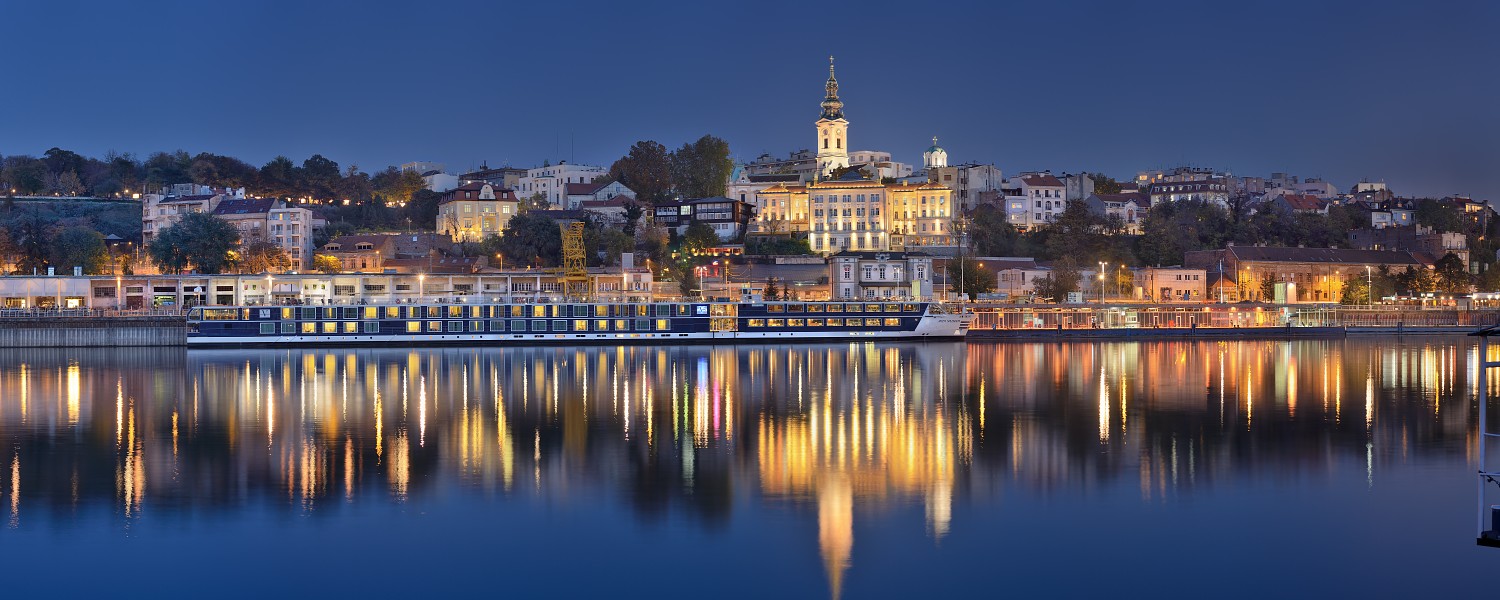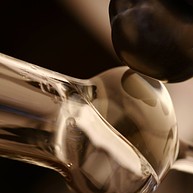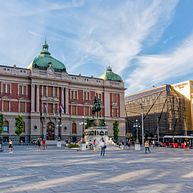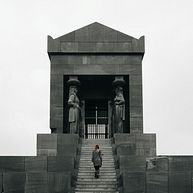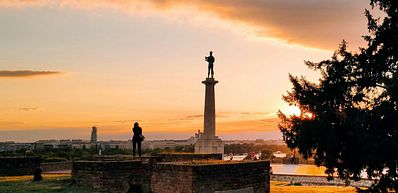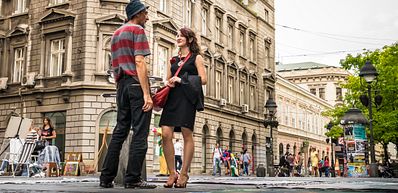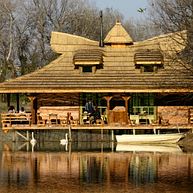Section in Belgrade
Do & See
Belgrade boasts a rich tapestry of cultural attractions and a vibrant events scene that draws visitors from all over Europe. From the panoramic views at Belgrade Fortress to the lively streets of Knez Mihailova and Skadarska, there's no shortage of sights to see. Indulge in the local cuisine at a traditional restaurant, where the music might just get you on your feet. Explore the city's lively bars and clubs, where the party goes on until dawn, and let the aroma of fresh coffee lure you back into the day. With its beautiful rivers, parks, museums, and theatres, Belgrade offers a diverse array of experiences. Make sure to time your visit with one of the many events that the city hosts.
Read more

